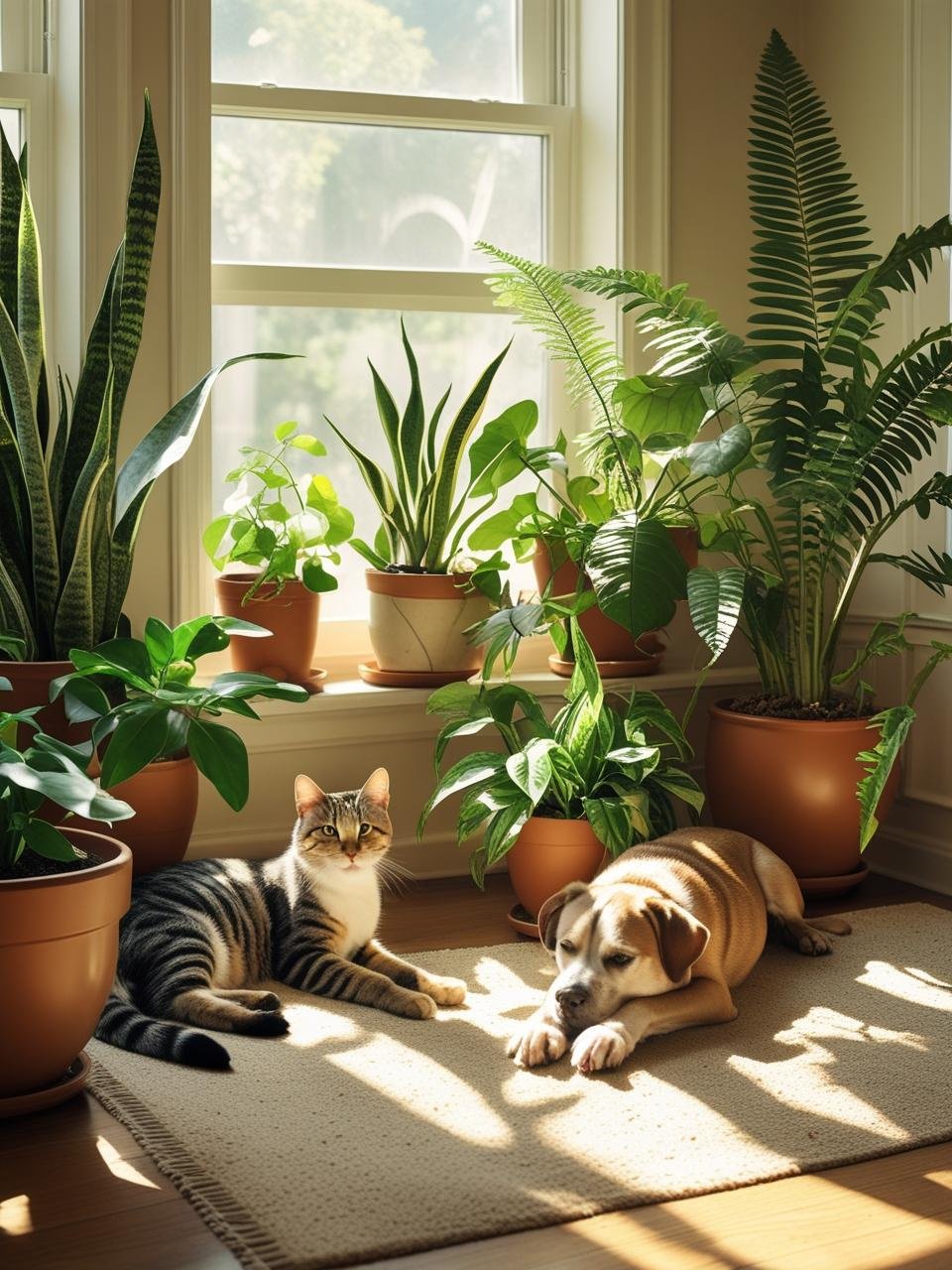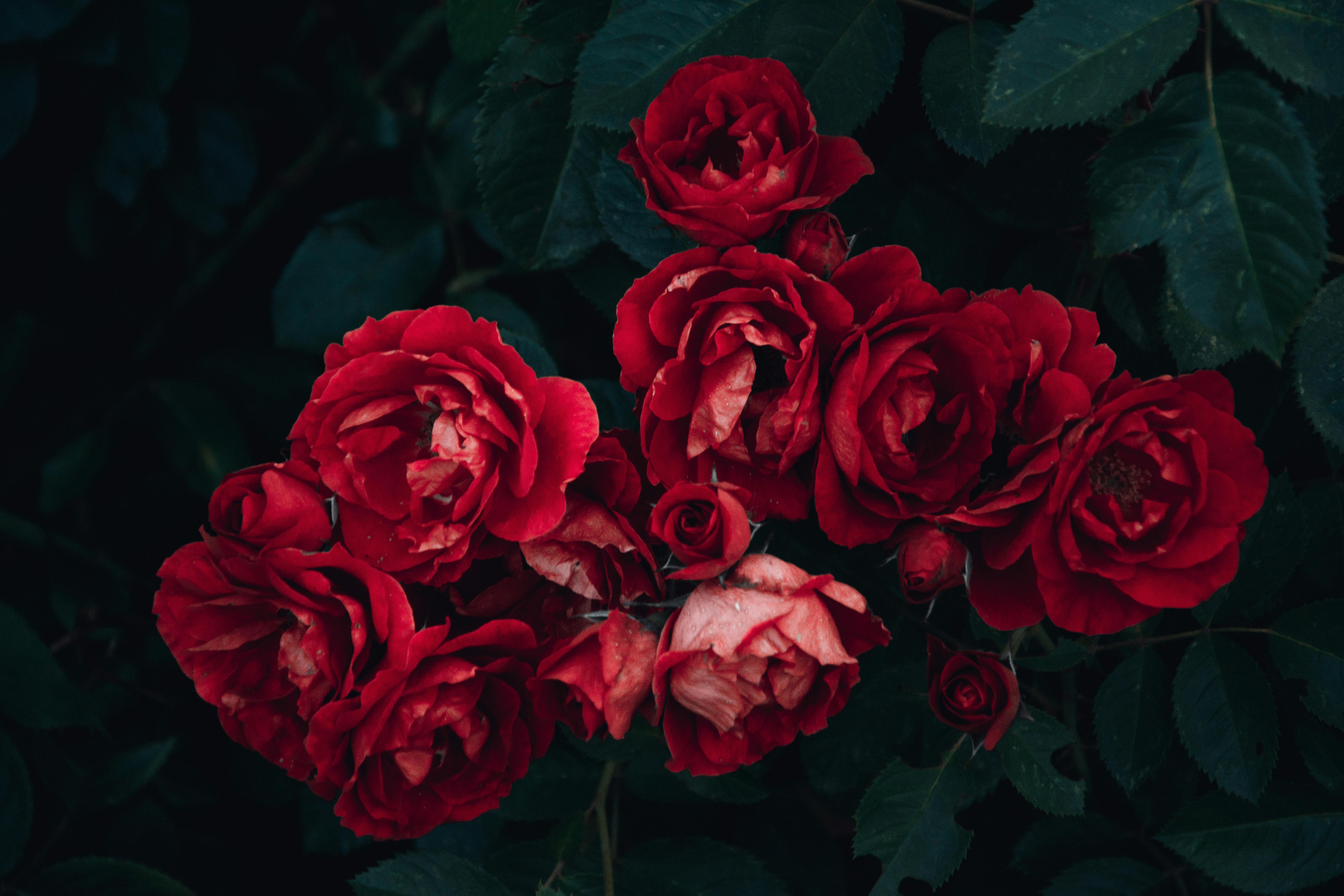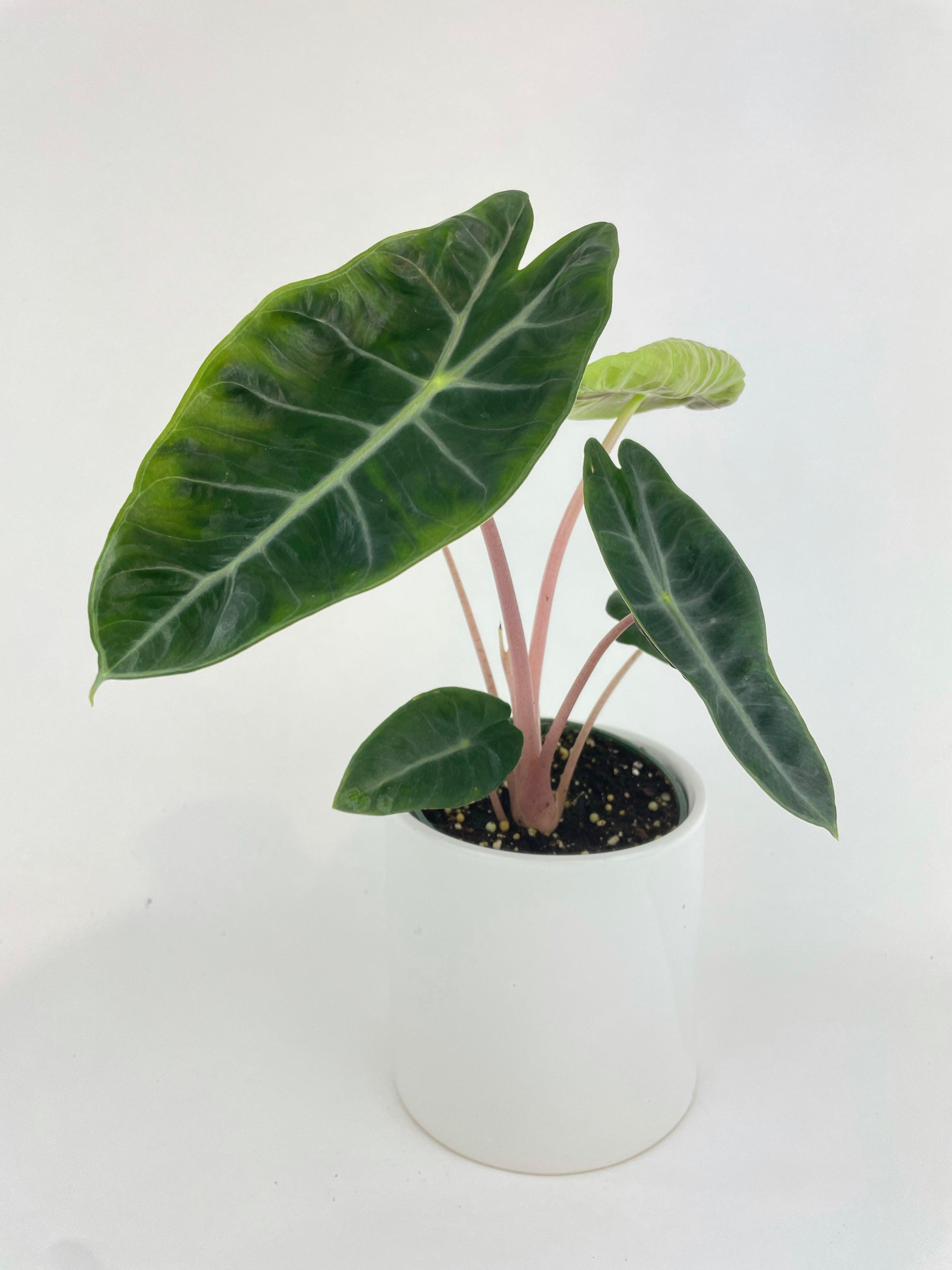Summer vs. Winter Houseplant Watering Hacks: The Complete Guide to Watering Houseplants
Do you ever look at your favorite indoor plants and worry if you're giving them too much water in the summer or not enough in the winter? Don't worry! I've got good news for fellow plant parents. The key to keeping your plants green all year isn't about guessing, but understanding how much water they need in different seasons. Just like making the perfect cup of tea requires the right water temperature, our leafy friends do best with the right amount of water depending on the time of year. Get ready, plant lovers, because we're going to explore some easy tricks to water your plants the right way and turn your struggling indoor jungle into a lively paradise, no matter the weather.
This guide will not only explain how summer's hot days and winter's cold days affect your plants, but it will also give you practical tips, and scientific insights to keep your plant babies healthy all year long. So, grab your watering can, get ready to take care of your indoor garden, and learn how to give your plants the perfect amount of water.
Learning About How Plants Drink Water
Before we grab our watering cans and talk about water in different seasons, let's take a look at what happens behind the leaves and understand how plants drink water. Picture your indoor plant like a tiny oasis, where its roots work like tiny straws to suck up water from the soil. This precious water then travels through secret pathways, feeding every leaf and stem, helping with photosynthesis, and keeping your plant looking lively and healthy.
Pot Size And Soil Type
A terracotta pot dries faster than a ceramic one, while sandy soil drains quicker than clay-rich mixes. Understanding your pot and soil combo is key to knowing when to refill.
Light Levels
Plants basking in the sunshine, like your south-facing succulents, naturally evaporate more water, demanding more frequent sips. Shade-loving ferns, on the other hand, are teetotalers, content with occasional spritzes.
Plant Variety
Different species have unique thirst preferences. Cacti can weather a desert storm, while peace lilies practically beg for a daily drink. Knowing your plant's heritage is crucial for personalized watering schedules.
Becoming A Pro At Watering Your Plants In The Heat
When the sun is super high and it gets really hot, your indoor plants become like little sun-loving buddies. They enjoy the warmth and drink a lot of water. Summer is the time when plants grow a lot, with leaves unfolding and flowers blooming because they need water. But don't worry, plant parents! By using some smart watering tricks in the summer, your indoor jungle will do great in the sun's golden rays.
Sun's Up, Thirst Up
Remember the golden rule – increased sunlight equals increased water needs. Just like you wouldn't chug iced tea under a winter coat, your plants crave more frequent sips during summer's scorching days. Adjust your watering schedule accordingly, checking the soil daily often twice for thirsty pots like terracotta.
Soil Sleuthing
Ditch the finger test, plant detectives! The top inch of soil might feel dry, while the depths remain damp, leading to overwatering woes. Instead, become a master of soil sleuthing:
Visual Cues
Look for cracks in the soil surface, wilting leaves, or drooping stems – these are your plant's thirst signals
Touch Test
Dig deeper! Insert your finger an inch or two into the soil. Feeling dampness? Hold off on watering. Dry as a desert? Time for a drink!
Morning Mindfulness
Embrace the early bird approach! Watering in the cool morning hours minimizes evaporation loss, ensuring precious water reaches your plant's roots, not the parched air. Think of it as a refreshing pre-breakfast drink for your leafy pals!
Shower Power
Beyond traditional watering, explore clever hydration hacks. Bottom watering, where you place the pot in a tray of water, allows roots to absorb moisture at their own pace, perfect for delicate or thirsty plants. Pebble trays under pots create a mini humid oasis, ideal for moisture-loving ferns and violets.
Humidity Helpers
Summer air can be surprisingly dry. Combat this by misting your plants regularly (avoiding fuzzy foliage like African violets), grouping them for increased humidity, or investing in a cool-mist humidifier. Remember, happy roots lead to happy leaves, and a touch of summer humidity goes a long way!
Winter Slumber, Sipping Slowdown: Nurturing Roots In Cooling Seasons
As the autumn leaves waltz down and winter's icy breath kisses the air, your houseplants enter a state of gentle dormancy. Gone are the days of sun-drenched growth spurts; now, they embrace a slower pace, conserving energy and resting for spring's vibrant return. This shift, however, translates to a dramatic change in their hydration needs. Fear not, plant parents, for understanding this winter slumber and adjusting your watering routine accordingly is the key to keeping your leafy companions healthy and thriving throughout the chilly months.
Nature's Slowdown
Just like we crave hot cocoa under a cozy blanket, plants naturally reduce their water intake as temperatures drop. Their metabolic processes slow down, requiring less moisture to function. Overwatering during this time is a common pitfall, leading to root rot and stunted growth. Remember, less is truly more when it comes to winter watering.
Overwatering Blues
Picture this – a chilly room, damp soil, and sluggish roots struggling against the cold. This is the unfortunate reality of overwatering in winter. The combination of slowed metabolism and cool temperatures hinders water evaporation, creating a stagnant environment ripe for fungal growth and root rot. Resist the urge to shower your plants with affection in the form of excess water; they crave a gentle, mindful approach.
Less Is More
Embrace the mantra of "water when dry" during winter. Unlike summer's daily sips, your plants might now be content with a weekly or even bi-weekly drink. Let the soil dry completely between waterings, at least to an inch or two below the surface. Remember, wilting leaves in winter often signal to underwater, not overwatering, so err on the side of dryness.
Temperature Matters
Listen to the whispers of the thermometer! Colder rooms further decrease water needs. A plant thriving near a sunny window might require slightly more frequent sips than one nestled in a cooler corner. Adjust your watering schedule accordingly, becoming a detective of your indoor climate.
Listen To Your Leaves
While soil dryness is a good indicator, your plants themselves will send subtle signals. Drooping leaves, especially lower ones, can sometimes signify underwatering. However, remember that winter dormancy naturally leads to some leaf drop, so don't panic at the first falling frond. Observe your plant holistically, looking for changes in overall appearance and perkiness, and adjust your watering based on these cues.
Tools And Techniques For Optimal Watering
Introduction To Watering Aids
Watering Globes
Dive into the world of watering globes, a simple yet effective tool that can revolutionize how you hydrate your houseplants. We'll discuss the benefits and practical usage of these globes, ensuring your plants receive a steady supply of moisture, especially during times when you can't be there to water them yourself.
Self-Watering Pots
Explore the convenience of self-watering pots as a game-changer in indoor gardening. Uncover how these innovative containers can create a self-sustaining ecosystem for your plants, allowing them to draw water as needed while minimizing the risk of overwatering.
Special Ways Plants Drink: Giving Water Based on Different Personalities
While summer and winter offer broad strokes for watering adjustments, the beauty of the plant world lies in its diverse personalities. Just like humans, each species has unique hydration preferences, and understanding these quirks is key to personalized plant TLC. Here's a peek into the watering needs of some popular houseplant categories:
Succulent Squad
These desert dwellers are champions of water conservation. Their plump leaves store moisture, allowing them to weather dry spells between infrequent sips. Wait until the soil is completely dry, then drench thoroughly before letting the pot drain fully. Overwatering is their kryptonite, so resist the urge to shower them with affection!
Tropical Treasures
Think lush rainforests when picturing these foliage stars. They crave consistent moisture, preferring soil that stays slightly damp but not soggy. Regular watering, often every few days, is key, but avoid waterlogging. Grouping them to create a mini humid oasis can be a helpful hack!
Flowering Fancies
These vibrant bloomers fall somewhere between succulents and tropicals. They appreciate well-draining soil and regular watering, allowing the soil to dry slightly between drinks. Pay attention to their individual needs, as some like African violets prefer consistently moist soil, while others like cacti-like Schlumbergera (Christmas cactus) enjoy drier periods.
Common Watering Mistakes To Avoid
As we navigate the intricate world of houseplant care, we must recognize and sidestep common watering pitfalls. Join me as we uncover the missteps that can compromise the health of your leafy companions, allowing you to cultivate a thriving indoor garden.
Overwatering Pitfalls
Root Rot Risks
Overwatering poses a significant threat, leading to stagnant water in the soil and creating a breeding ground for root rot. We'll explore the signs of excess water and guide you on preventive measures to keep your plant's roots healthy and free from the perils of rot.
Impact On Soil Structure
The consequences of overwatering extend beyond root health, affecting the overall structure of the soil. Understand how excessive moisture can lead to compacted soil, hindering essential processes like aeration and nutrient absorption.
Consequences Of Underwatering
Stunted Growth
Underwatering can stunt your plant's growth, leaving it struggling to reach its full potential. We'll discuss identifying signs of dehydration and share strategies to ensure your plants receive the right amount of water for robust and vigorous growth.
Leaf Damage
Explore the visual cues that indicate your plants are not receiving enough water. From wilting leaves to browning edges, we'll guide you on recognizing the symptoms of underwatering and how to intervene before irreversible damage occurs.
Understanding and avoiding these common watering mistakes is pivotal in nurturing a flourishing indoor garden. Join me in the next section as we explore expert tips for transitioning through seasonal changes, ensuring your houseplants adapt seamlessly to the dynamic rhythm of the changing seasons.
Expert Tips For Seasonal Transitions
Navigating the changing seasons requires finesse and a keen understanding of your houseplants' dynamic needs. Let's explore expert tips to guide you through the transitions, ensuring your botanical companions thrive year-round.
Preparing Plants For Seasonal Changes
Gradual Adjustments to Light and Temperature
As seasons shift, gradually acclimating your plants to changing light and temperature conditions is essential. Discover the art of transitioning your plants smoothly, preventing shock, and enabling them to adapt seamlessly to the evolving environment.
Monitoring Plant Responses
Learn to read your plants like a seasoned gardener. We'll delve into the subtle cues that signify whether your plants are content or need adjustments. By closely monitoring their responses, you can fine-tune your care regimen and ensure optimal conditions for growth.
Addressing Seasonal Pests And Diseases
Prevention Strategies
Arm yourself with proactive measures to shield your houseplants from common pests and diseases that may emerge with the changing seasons. From pest-resistant plants to natural remedies, we'll explore strategies to keep your indoor garden thriving and pest-free.
Recognizing Early Signs
Early detection is key to effective pest and disease management. Equip yourself with the knowledge to identify the subtle warning signs, allowing you to address issues promptly and prevent them from escalating. As we conclude our journey through the intricacies of year-round houseplant care, stay tuned for the final section. In the concluding part, we'll recap key summer and winter houseplant watering hacks, encouraging you to experiment and learn from your plants' responses.
Conclusion
Let your home be a haven for lush foliage, a testament to the care and attention you invest in your leafy companions. As summer sunbeams warm the leaves and winter's chill settles in, the saga of Summer vs. Winter Houseplant Watering unfolds, revealing the chapters of nurturing green life within your home. May your indoor garden thrive, reflecting the vitality of a well-nurtured ecosystem.










































